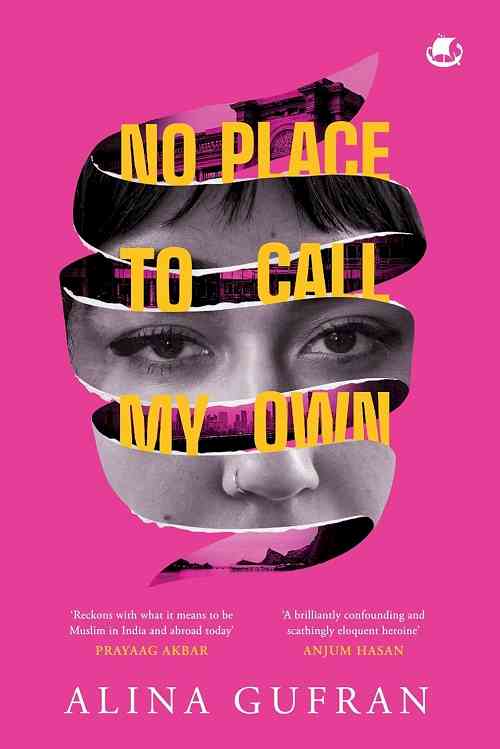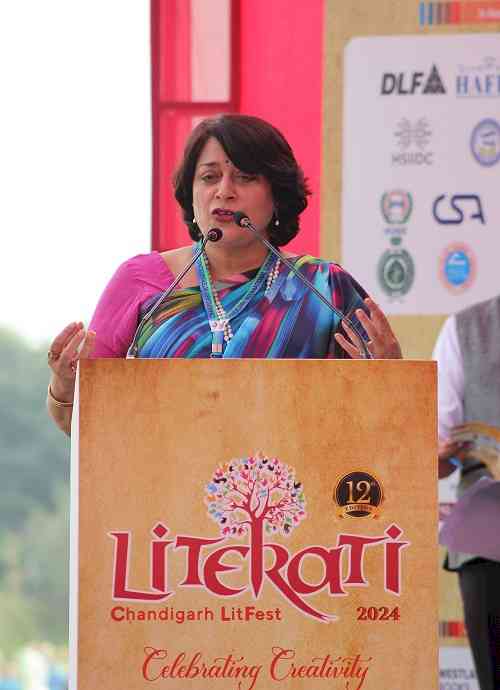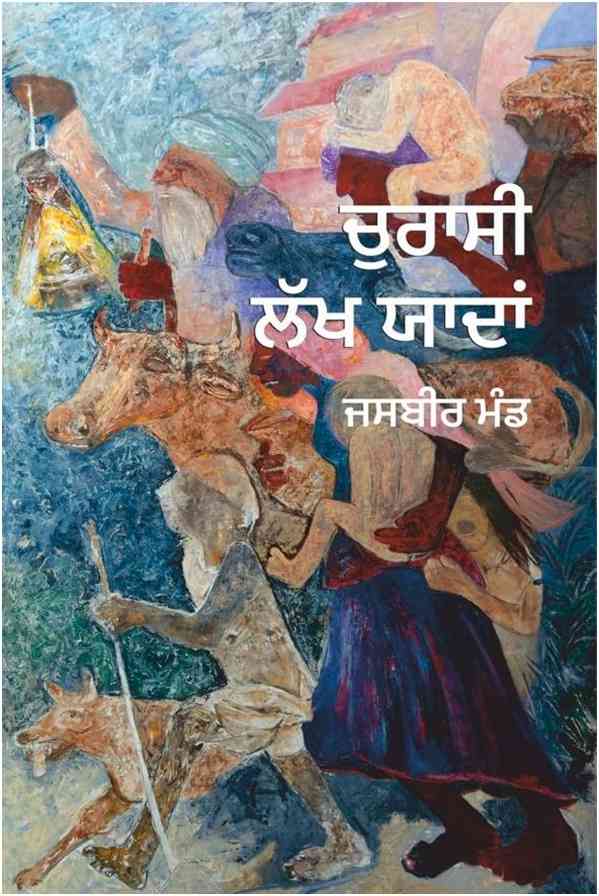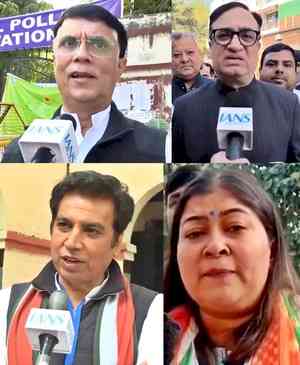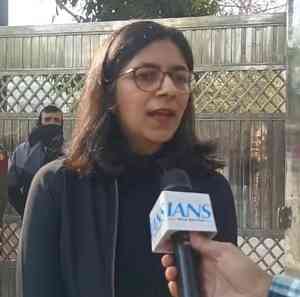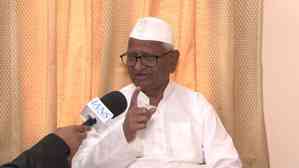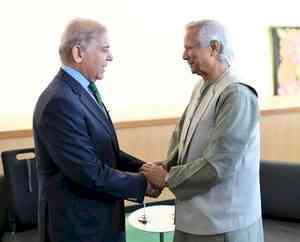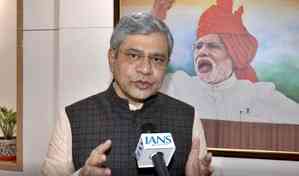Indiastat releases its latest ‘Election Atlas of India’ – a Collector’s Item for Psephologists, Academicians, Researchers, Students, etc
Updated till January 2022, the book depicts Parliamentary Elections’ journey of progression after Independence, right from the first Lok Sabha (1952) to the 17th Lok Sabha (2019)
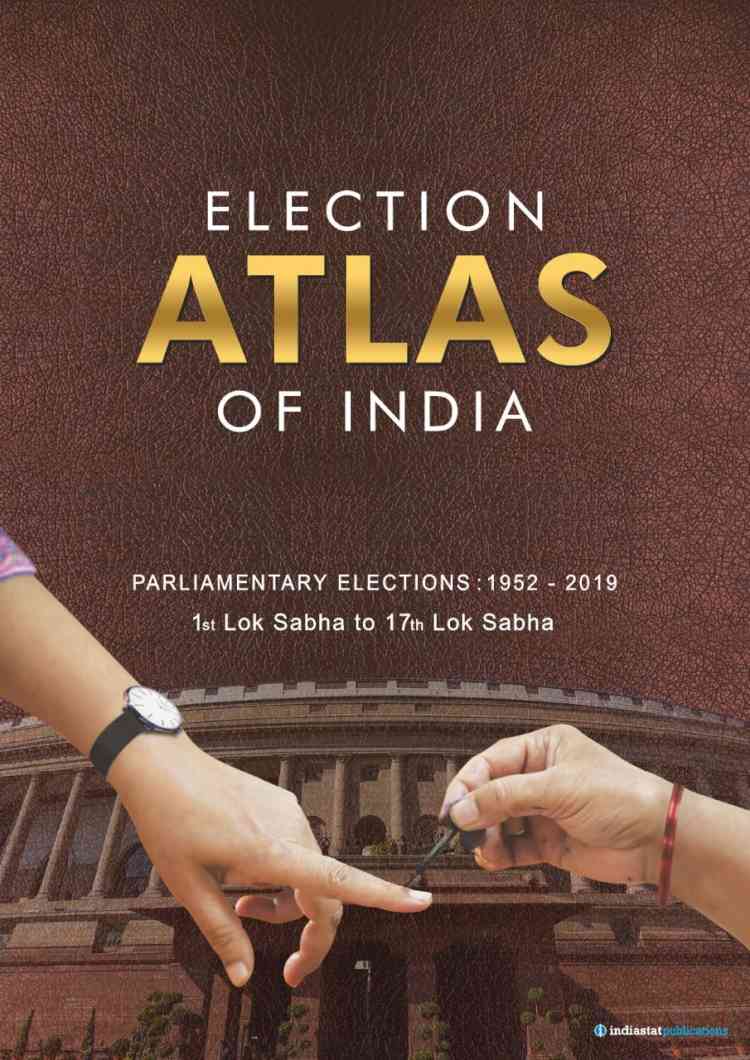
New Delhi, April 25, 2022: Indiastat today released its book titled, Election Atlas of India. The book is edited and published by Dr R K Thukral, Co-Founder and Director of Indiastat. A copy of the book was presented to the Chief Election Commissioner of India in his office today by Dr Thukral. As a one-of-its-kind book presenting comprehensive details year-wise on all Parliamentary Elections from 1952 to 2019, it includes data updated till January 2022.
Speaking on the occasion, the Book’s Editor and Publisher, Dr R K Thukral, stated: “The success of our first edition of the Election Atlas of India and the robust response from readers prompted us to produce an updated version after the General Elections in 2019. Significantly, at 912 million in the 2019 General Elections, India’s electorate is larger than the combined populations of the US and Western Europe. Given the fast-evolving dynamics of the General Elections during the past decade, the latest edition of the Election Atlas of India will be an indispensable and scholarly compendium about the journey of Indian Parliamentary Elections.”
The United Nations Democratic Fund (UNDEF), Association of World Election Bodies (A-WEB), Commonwealth Parliamentary Association (CPA), International Institute for Democracy and Electoral Assistance (IDEA), European Association of Political Consultants (EAPC) and Prof Pippa Norris, Harvard Political Scientist, have sent letters of appreciation for the valuable contribution of Indiastat to the communities of scholars and researchers by publishing the Election Atlas of India.
The Election Atlas remains a systematic and chronological presentation of information about Indian Parliamentary Elections. Moreover, the Atlas has used historic photo collages, synopses, thematic maps and statistical diagrams for better visualisation and understanding of its readers. It has also highlighted historical data about bye-elections and alterations in constituencies following the delimitations and states’ reorganisation. Being a rich source of information, the Atlas will serve as a ready reckoner for academicians, researchers, students, advocates of democracy and election functionaries.


 cityairnews
cityairnews 
